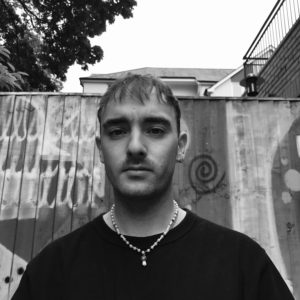
Jacob Negus-Hill holds the position of Online Editor at Proper Mag and is the former Senior Writer at Sabukaru Online. He studied Philosophy at the University of Leeds and achieved an MSc in Environmental Policy from the University of Bristol. His words have appeared in The Face, The Basement, The British Journal of Photography, as well as numerous other zines and online publications.